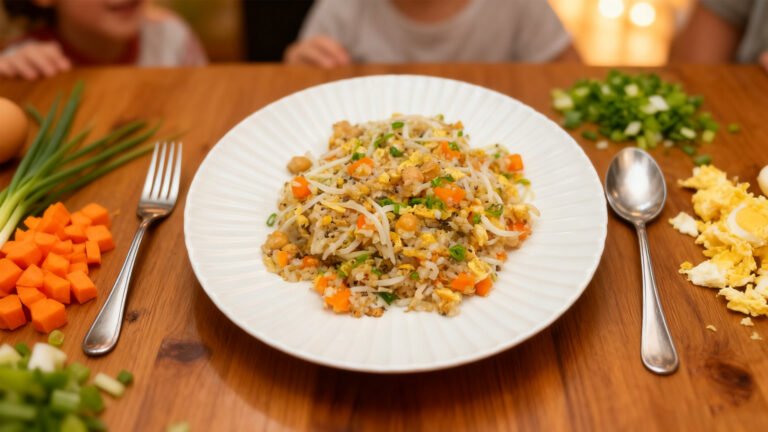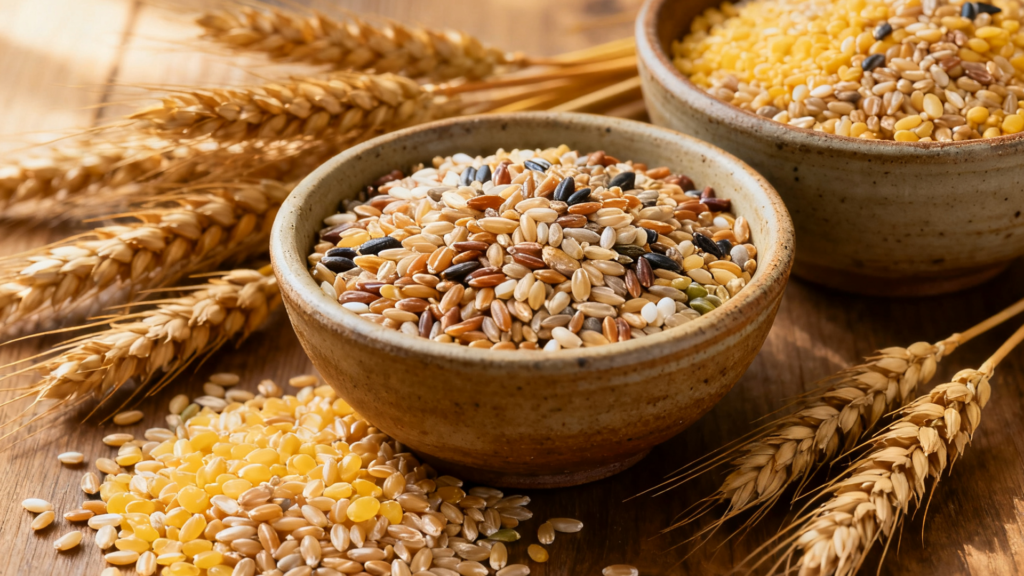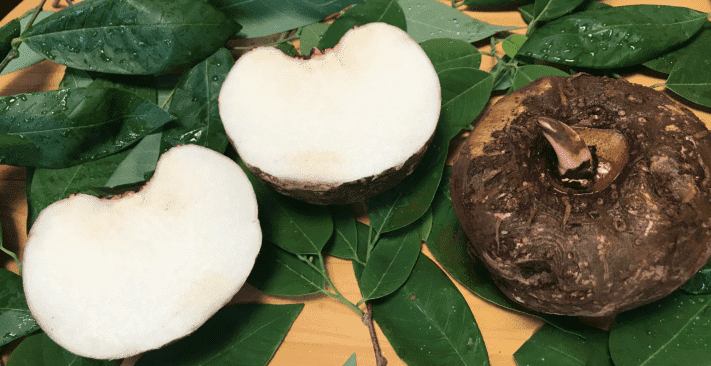
Contact Us through info@lovekonjac.com
We often receive questions about which foods are suitable for people with various dietary restrictions. Recently, we’ve been asked about Shirataki noodles and whether they are a good choice for people with gluten allergies. In this article, we’ll delve into the details of Shirataki noodles, gluten allergies, and whether these two things can coexist
Gluten is a protein commonly found in wheat, barley, and rye. It is responsible for the chewy texture of bread and helps baked goods rise. However, for individuals with celiac disease or gluten sensitivity, consuming gluten can cause a range of symptoms such as bloating, abdominal pain, diarrhea, and fatigue. In severe cases, consuming gluten can damage the lining of the small intestine and lead to malabsorption of nutrients. As a result, individuals with gluten allergies need to avoid foods containing gluten, including pasta made from wheat flour.

● If you have a gluten allergy, shirataki noodles are an excellent alternative to traditional pasta. shirataki noodles also known as Konjac noodles are made from the roots of the konjac yam, which is a type of Asian plant. These noodles are naturally gluten-free as they do not contain any grains like wheat, barley, or rye. Instead, they are made from glucomannan, a type of dietary fiber found in the konjac yam.
● In addition to being gluten-free, shirataki noodles are also low in calories and carbohydrates. A single serving of konjac noodles typically contains only 9 calories and 0.6 grams of carbohydrates, making them a great option for individuals who are trying to lose weight or maintain a healthy weight. So, if you have a gluten allergy, you can safely consume konjac noodles without worrying about any adverse effects.
Nutritional information per 100g of konjac noodles:
Per 100g | Konjac Noodles |
Calorie | 9Kcal |
Carbohydrate | 0.6g |
Fat | 0g |
Dietary Fibre | 3.3g |
Sodium | 4.4mg |
In addition to being gluten-free and low in calories, shirataki noodles offer several health benefits. As they are made from glucomannan, a type of dietary fiber, they are high in fiber content. This high fiber content can improve digestion and promote feelings of fullness, making shirataki noodles a great option for individuals who are trying to improve their gut health or manage their weight.
Shirataki noodles are an excellent choice for individuals who are looking for a low-calorie, gluten-free, and high-fiber food option that can improve their gut health, help manage their weight, and offer several other health benefits.

There are many gluten-free alternatives to Shirataki noodles, such as rice noodles, quinoa noodles, and chickpea pasta. Although they are all gluten-free, they differ in terms of taste, texture, and nutritional value. Shirataki noodles are a low-calorie and low-carbohydrate option that is high in fiber. Rice noodles and quinoa noodles are also low in calories, but they have higher carbohydrate content. On the other hand, chickpea pasta is higher in protein but may be higher in calories and carbohydrates. Ultimately, the best gluten-free alternative to Shirataki noodles depends on an individual’s dietary needs and preferences.
1. Open the package and drain the liquid. Rinse the noodles thoroughly under running water for a minute.
2. Press the noodles with paper towels to remove any excess water.
3. You can mix the noodles with your favorite sauce directly and enjoy them.
4. Alternatively, if you prefer stir-fry or soup, you can prepare the noodles as you would with regular noodles.
Tips: If you like more softening for the noodle, you can add tomato sauce or vinegar.

That’s right! Shirataki noodles are a great choice for anyone looking for a healthy, gluten-free alternative to traditional wheat-based noodles. With their low calorie and carbohydrate content, high fiber content, and ease of preparation, they are a convenient and tasty addition to any meal. So why not try them out for yourself and see how they can benefit your health and well-being?